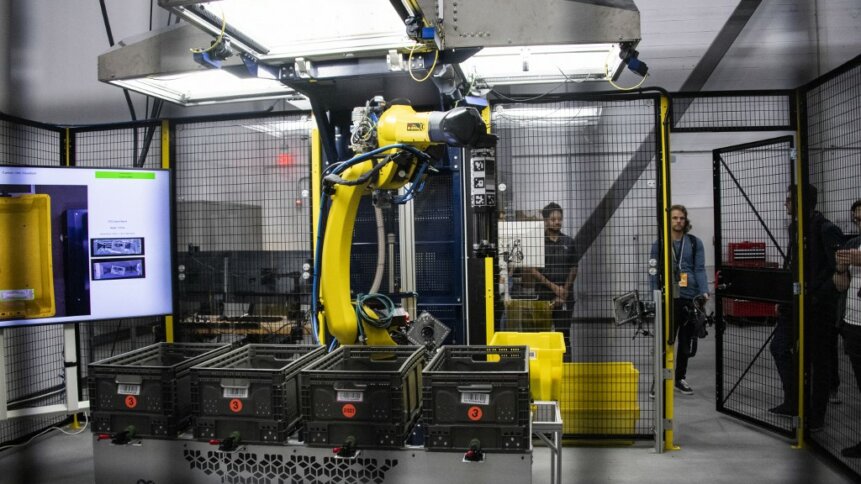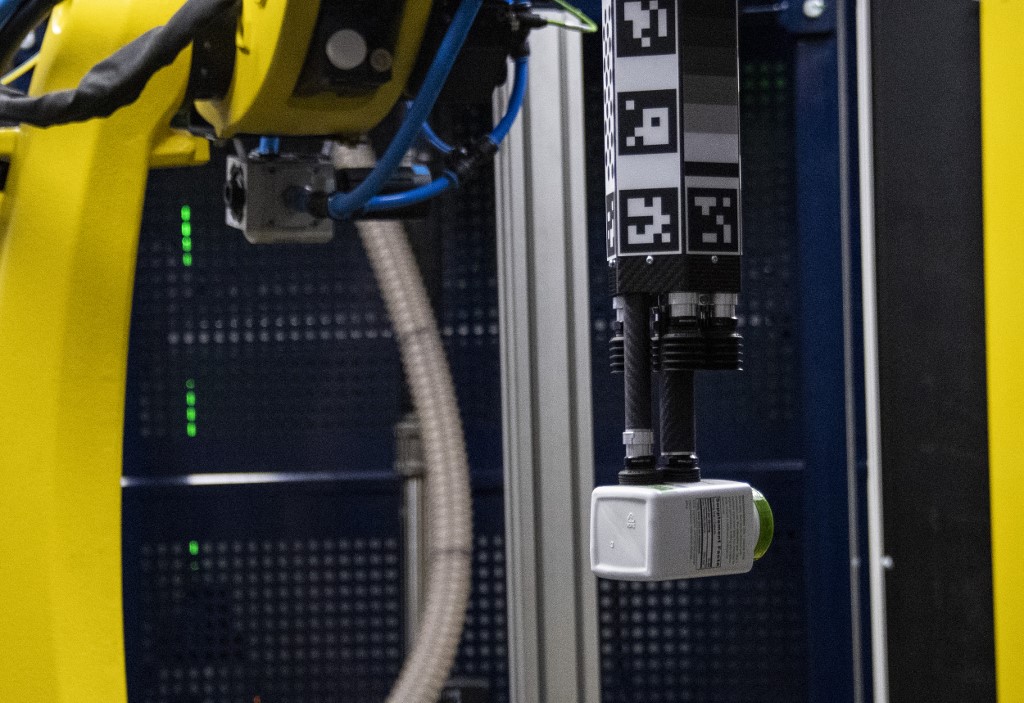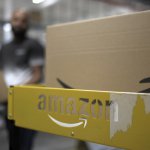Is Amazon betting on the warehouse robot to replace humans?

Manual labor in manufacturing and warehousing has had its share of shortcomings, from being relatively unproductive to causing accidental harm through the introduction of the human factor. Perhaps more acutely aware of these failings than others is the logistics powerhouse which is also a leading tech innovator, Amazon. But is the introduction of its warehouse robot system, Sparrow, an attempt to remove those failings and replace them with the indefatigable precision of roboworkers?
Beyond its raft of logistics innovations, Amazon has led the way in a number of pioneering robotics systems spread across several fields. Recently, it introduced of the home robot, Astro, and before that was the robotaxi incumbent Amazon Zoox. Various other automation breakthroughs have become part of the company’s sprawling innovation roadmap to better (and more speedily) serve its customer base.
The injury burden
Couple that innovation lead with the fact nearly half of all warehouse injuries in the US last year occurred at Amazon locations, and it should not surprise us that the e-tailing giant is showcasing another intelligent warehouse robot. Reports indicate that unlike its prior robotic fulfillment systems, such as Cardinal and Robin, the Sparrow automated arm can identify upwards of two-thirds (65%) of the product inventory stored in the warehouse without needing human assistance.
This is because Sparrow is a more intelligent robotic process system, harnessing computer vision and artificial intelligence (AI) to optimize processes, and capable of recognizing and handling millions of items of inventory with zero human intervention. And with Amazon saying its staff sorts, stows and packs approximately 5 billion packages a year — over 13 million packages per day – Sparrow will also help to save on human capital, cutting costs on resources while also minimizing the potential for injuries.
In fact, Amazon is one of the largest adopters of warehouse automation for precisely this purpose — not to replace human workers and lower costs that way, but as a conduit to ease worker injuries when dealing with the more dangerous, mundane tasks that can be automated rather than expend more valuable human resources.

The robotics laboratory of the US e-commerce giant is developing the automation of its distribution centers around the world so that customers receive their orders efficiently in the shortest possible time. (Photo by Joseph Prezioso / AFP)
Cutting edge warehouse tech
Historically, Amazon is known for investing in technologies within its operations that support employees and customers, like artificial intelligence, robotics, and other cutting-edge inventions. Some past improvements include robotic arms that perform repetitive tasks and new products in autonomous movement that can help transport larger items.
“Robotics technology enables us to work smarter, not harder, to operate efficiently and safely,” an Amazon spokesperson was quoted as saying in a blog post revealing the new warehouse robot. “Working with our employees, Sparrow will take on repetitive tasks, enabling our employees to focus their time and energy on other things, while also advancing safety.”
Robotic intervention might soon be a necessity at the e-commerce and logistics behemoth, as leaked research has surfaced claiming Amazon might run out of human workers willing to work its warehouses as soon as 2024 if employment practices are not remedied to their satisfaction.
Attempts to unionize Amazon warehouse workers have sprouted across the US, including in Albany, New York, and Oklahoma. Questionable practices have seen the company painted as a tech-powered authoritarian villain by activists, but the company has also introduced numerous hardware and software innovations that have helped businesses increase efficiencies while dragging down costs.
“Creating new opportunities”
Amazon has been preparing for its warehouse robot takeover for ten years, since it first acquired robotics firm Kiva. Its buyout of robotic solutions provider BionicHIVE earlier this year only served to solidify its commitment to automation of the dangers of human warehouse operations. But the company says it is not eliminating human jobs – it is actually “creating new opportunities,” with its Amazon Mechatronic and Robotics Apprenticeship 12-week upskilling program, plus employment chances in over 700 new categories.
Or so the company claims.
“With over 700 new categories of jobs at Amazon that exist thanks to our robotics and advanced technology, we are creating more opportunities for our employees to grow their skills and careers,” the Sparrow blog post concludes.










